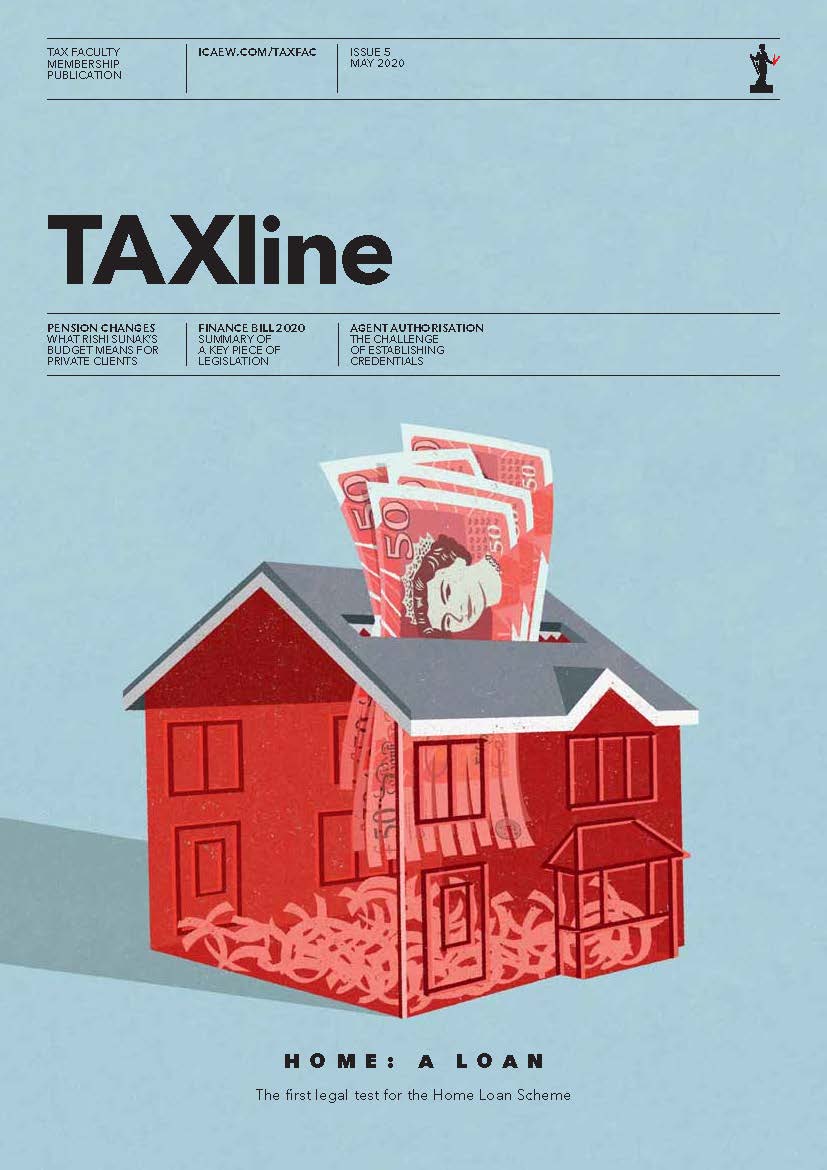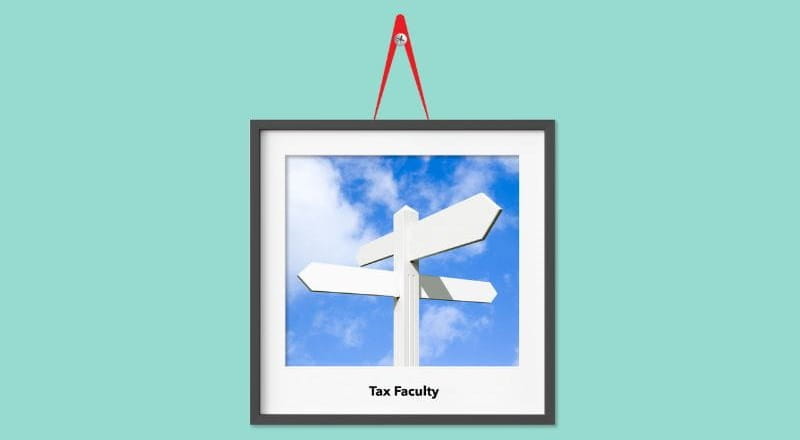In the Final Report of the Business Rates Review, published at the Autumn Budget 2021, the government committed to modernise and digitalise the business rates system through the digitalising business rates (DBR) project. This will involve:
- matching business rates data with central HMRC tax data; and
- displaying business rates information alongside other tax information in a standardised way.
This may produce an initial burden on those ratepayers or their agents as they will need to provide the government with information to help the two systems (business rates and tax) become joined up.
HMRC has published a consultation document seeking views on potential design options for DBR and setting out how it might operate in practice. The government has confirmed it will deliver DBR no earlier than 2024, with an estimated roadmap date of 2026 to 2027 onwards. ICAEW intends to respond to the consultation and is seeking your views to help inform its response.
By joining up data held across government – local authorities (or billing authorities (BAs) as they are referred to in the consultation document), the Valuation Office Agency (VOA) and HMRC – the government hopes it will be easier, simpler, and less troublesome for ratepayers to understand their business rates liability. The government also hopes it will be able to design and apply reliefs in a better way to support businesses that are most in need, rather than having to rely on property information in isolation.
What will businesses need to do?
As part of DBR, the government will require ratepayers to provide or confirm small amounts of additional information to ensure that it can confidently match a business’ rates data to its tax data. Three options are set out in the consultation document. The government is seeking views on which option ratepayers would prefer and why.
Option A: Utilise the government’s planned new requirement on ratepayers to supply certain types of information to the VOA. This is for the purpose of supporting more frequent revaluations and to ensure that rating lists are kept as up to date as possible (eg, ratepayers will need to inform the VOA if they carry out building work on the property that will affect its rateable value).
The government acknowledges that ratepayers include sole traders, partnerships, companies, and other non-corporate bodies, each with their own form of tax identification reference (or no tax ID at all). Any process under option A (or option B) will need to take these differences into account.
Option B: Require ratepayers to provide a tax reference (and other information to allow the number to be validated) to the BA. The BA would then pass this to HMRC to validate and match to the ratepayer’s tax information.
Option C: Require ratepayers to log on to HMRC’s online services and complete a process to provide references for each of their rateable properties. These would then be linked to the ratepayer’s tax reference(s).
For options B and C, the government is seeking views on whether provision of information should be done as a standalone process or as part of another regular interaction between ratepayers and the rates/tax system.
The government has also asked whether there are any other options for collecting and matching data that it has not already explored.
What are the intended benefits of DBR?
The government has set out the following key benefits:
- pave the way for future redesign of business rates reliefs. By gaining access to the tax data of ratepayers, it hopes to better target reliefs
- reduce the administrative burdens on BAs to assess whether ratepayers are entitled to reliefs
- reduce the need for ratepayers to provide supporting information to prove their eligibility for reliefs
- improve ratepayers’ experiences by potentially enabling future reliefs to be applied quickly and easily
- enable targeting of policies to support levelling up
- make it easier for ratepayers to understand their tax and rates liabilities by having them displayed in one place.
The government has confirmed that it will not be possible to pay business rates through the DBR service. This is understandable, given that rates liabilities are due to BAs rather than a central government department. Nonetheless, this limits the ‘one-stop-shop’ nature of the system.
The government is seeking views on how useful (on a scale of 1 to 10) business would find the proposed DBR service and whether an ability to pay rates through the system would make it more useful.
How will the compliance regime work?
The government intends to apply penalties for failure to comply with the information provision requirements set out above. This would be as a last resort after a couple of reminder letters have been sent. A ‘soft launch’ approach would be taken initially while ratepayers get used to the new requirements.
If option A is pursued, the government is proposing to apply a single penalty regime for these requirements and the ones provided for under the new VOA duty referred to in option A above.
In any event, the government intends to model the compliance regime on that for the new VOA duty. This is expected to be based on fixed rate penalties, set by reference to the rateable value of the property concerned (see chapter 2 of the technical consultation on the business rates review for more information).
The consultation floats the possibility of making entitlement to business rates reliefs conditional on the provision by ratepayers of the information required. The government is seeking views on this and any other alternatives to setting financial penalties for non-compliance.
Use of agents
The government acknowledges that ratepayers may seek the help of agents to fulfil these new information provision requirements. It therefore envisages that ratepayers will be able to authorise agents to view their business rates information through the new DBR service.
The way this will work depends on which of the options for collecting and matching data is adopted. For example, if option C is adopted, it is likely that tax agents will be used to input rateable property information into HMRC’s systems. However, those agents will need to obtain this information (either from their clients, their client’s rates agent or through online research) and the government is keen to understand any difficulties this might pose.
The government is also considering what process will need to be introduced for ratepayers to authorise their agents to act on their behalf. For example, authorisation may be given via HMRC’s Agent Services Account but this requires agents to be registered for anti-money laundering supervision (AMLS) on an annual basis. Many rating agents do need to be registered for AMLS for the purpose of discharging their ordinary duties.
The government is seeking views on how likely it is that ratepayers will use agents to fulfil these obligations, how it can minimise the pain points for agents, and how easy it would be for agents to obtain the information that would need to be provided.
What does ICAEW need your views on?
ICAEW will be running an hour-long roundtable event online on 1 September at 14:00 to explore the issues raised in the consultation document to inform its response.
If you would like to attend the event, please e-mail richard.jones@icaew.com directly. Alternatively, ICAEW would appreciate your written comments on the following.
In your response, please advise whether you are writing in the capacity of a rateable business/entity or a ratepayer agent.
Please feel free to answer all or any of these questions. You will need your ICAEW or Tax faculty membership details to view and access the questionnaire.
Tax Faculty
This guidance is created by the Tax Faculty, recognised internationally as a leading authority and source of expertise on taxation. The Faculty is the voice of tax for ICAEW, responsible for all submissions to the tax authorities. Join the Faculty for expert guidance and support enabling you to provide the best advice on tax to your clients or business.
More support on tax
ICAEW's Tax Faculty provides technical guidance and practical support on tax practice and policy. You can sign up to the Tax Faculty's free enewsletter (TAXwire) which provides weekly updates on developments in tax.
Sign up for TAXwireJoin the Tax FacultyThe future of tax after COVID
As digital technologies transform society, the UK government is grappling with balancing the books while ensuring its tax system is fit for purpose. Join us as we take a look at the issues and challenges facing the tax system.
Read more


